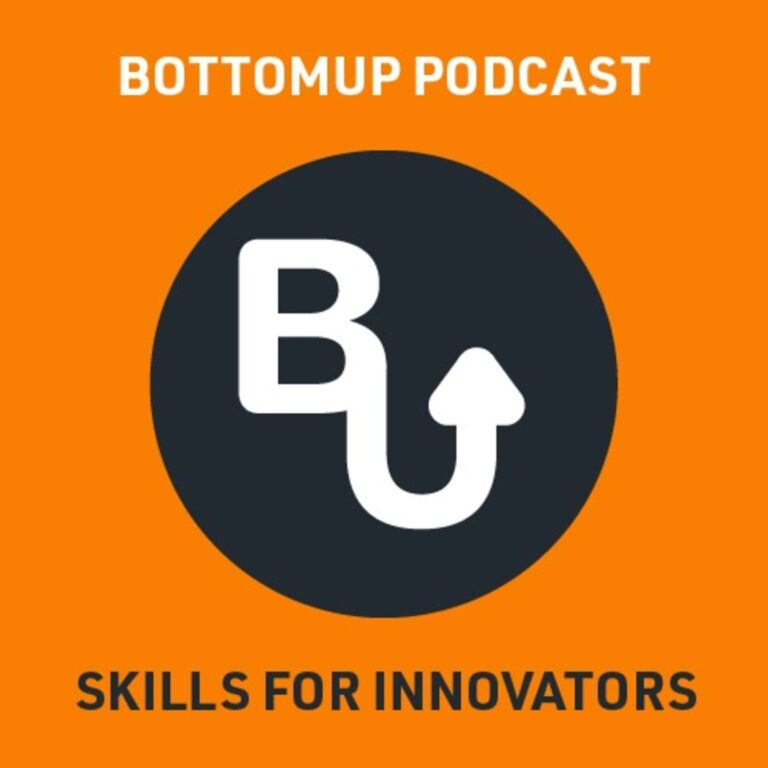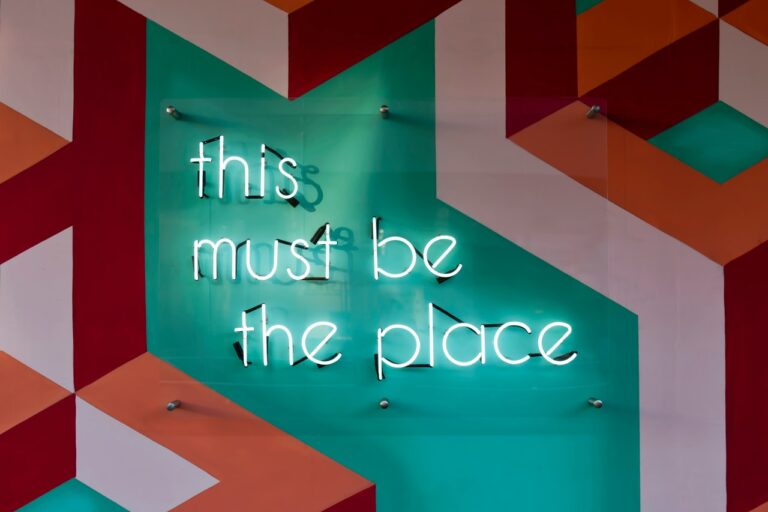As we continue our series on product management, we’re tackling the biggest, most challenging questions that will come up as you create, build, and manage your product. Today we are tackling the big old question: Do I have a solution to the user’s problem?
Prior to this, we looked at the problems that our users face. This time we’re going to the other side of the value proposition canvas, asking ourselves what we propose to our users. Are we actually solving something for them?
Because at the end of the day, if you understand the jobs that your customer is trying to get done, the pains they experienced and the gains they’re looking for, you can actually map your product or service to those. This mapping exercise, if you’re really objective about it, can ensure that you have a really good product.
If you go deeper on the value proposition canvas – it’s all in our Lean Masterclass, you will discover what the world of the customer looks like: their pains and gains and jobs to be done.
When mapping the solution, there are three key things to consider:
- The first thing is the pain relievers.
- What are the things your product is doing to address the customer’s pains?
- The pains of the customer and actually relieves those pains.
- The second thing you need is your gain creators.
- This is a strict argument for how you’re creating the benefits that your customer is looking for.
- Both pain relievers and gain creators should correlate directly to the features within your product or service. So, when you zoom out, you have a proposition.
- Once you connect these and balance them with your customer needs, you’re on your way to having a problem-solution fit.
This is a critical first stage on your product journey. Because if you’ve got a solution to a problem, then you can go out in the world and build a product for a market.
Join me to learn more about mapping your problem solution and exploring solutions with a customer journey as we discuss Airbnb and customers pains and gains.
If you are interested in learning more about product management and how to discover the user problem, join us at the BottomUp Skills Podcast for more bite-sized product skills and at BottomUp Skills for free courses on Design Thinking, Agile, Lean and much more. Free skill courses for product people and innovators.
TRANSCRIPT
Hello, and welcome to the BottomUp skills podcast. I’m Mike Parsons and I’m the CEO of Qualitance and as we continue with adventures in product management, we’re tackling the biggest, most challenging questions that will come up as you create, build and manage your product.
Today we are tackling the big old question. User’s problem and do I have a solution. Now, prior to this, we looked at what are the problems our users face.
So should definitely check that one out, but this time we’re going to the other side of the value proposition canvas, we are asking ourselves, what do we propose? Are we actually solving something here?
Because really in the end of the day, if you understand the jobs that your customer is trying to get done, the pains they experienced in the gains. If you know all of that, Then what you can actually do is map your product or service to those and that mapping exercise.
If you’re really objective about it can ensure that you have a really good product.
The Value Propostion Canvas
So I want you to check out the value proposition canvas. You can do that over a BottomUp. We have a free masterclass on lean, so you can check that out.
On this value proposition canvas, I described for you earlier, what the world of the customer is pains, gains and jobs. But on this side is where we actually map the solution to user’s problems.
Pain Relievers
And there are three things that we map. The first thing is the pain relievers. What are the things your product had that addresses this? The pains of the customer and actually relieves those pains. The second thing you need to have is your gain creators.
This is a strict argument for how you’re creating the benefits that your customer is looking for. And these should correlate directly to features within your product or service so that therefore when you zoom out. You have a proposition.
And when you can connect that and balance this with your customer needs, then you will actually be on the way to having problem solution fit, which is a critical first stage of your journey in your product.
Because if you’ve got a solution to a user’s problem, then you can go out in the world and build a product for a market.
But before we get to all that, I want to take us back to the example that we’re using. And we were talking about Airbnb and what we were doing when we mapped the customer side is we saw, it’s great, to use Airbnb because I can meet interesting people get a local experience.
The Customers World
So that’s the customer world. Let’s have a look at what the product does on the other side. How’s it relieving those pains? Well, first of all, they vet both hosts and guests. So this goes a long way to mapping against some of that uncertainty that people feel and also sharing space with strangers.
The other thing that they do is they give a really strong guarantee on the quality of the accommodation. They also back it up with financial compensation of your bookings.
If they get canceled by the host now, part of the specific thing about staying with people you don’t know, they’ll even give you the guarantee that if people are not good hosts, they’ll be taken off the platform.
User’s Problem Solution
So you can see here, this is like a good description of pain relievers to the user’s problem. Okay and those pain relievers need to map to the customer pains, or you don’t want to be relieving pains for some other user group that is not your customer.
To make a bridge form the product to the customer, make sure you can literally draw a line between the pain relievers and the pains.
Okay, but let’s not stop there because, we talked about all these wonderful things people are looking for when they use the Airbnb. Well how do we meet those needs?
Airbnb Example
First of all, there’s some pretty wacky, exotic homes, so you certainly can get some unusual things on Airbnb.
Maybe these places are not the nicest, but if you really need to watch your wallet, then actually Airbnb will come in, particularly in off-peak times, way cheaper than a hotel. Now the other thing that they do is that they create all sorts of flexibility, um, through their pricing and feature lists.
So you can say, look, if I need wifi or a swimming pool, whatever you want, you can filter the criteria that way. And it’s really powerful. If you were to think about it, very few hotels, even today offer you that sort of filtering and range.
These are the pain relievers in the gain creators of Airbnb. They do a lot to make it feel safer and certain. They can also certainly give you lots of flexibility and some, some really wonderfully novel places that you’d never get from a hotel.
So you can kind of see the picture coming together here. And this comes back to two essential parts of the overall service of Airbnb.
The first is that they create a marketplace for renting out short-term living. And two, they aggregate, on their platform, all the activities you can do in a city. So beyond what they started with, you can now get all sorts of wonderful city experiences.
Mapping the process for solving your User’s Problem
So there you have it. So this is how you map solving the problem for your user. Now, this should be done in conjunction. This whole proposition should be done with the customer profile, so the gain creators must directly map.
To the gains that you understood your users are looking for. In the same way, you’re paying the leave as much directly correlate with what is in the pain’s area. So if you have a big pain on the customer side, that’s not being addressed, this is a huge flag that you need to consider this in your prototyping. As to whether you can create a service that doesn’t address that.
So this mapping exercise is what we pulled together as a value proposition canvas. So good.
If you have different segments, you can have different value proposition canvases for different segments. So Airbnb, obviously have a host and they have a guest.
Each of those would have a value proposition canvas. One’s B2B, one’s B to C, right? So the interesting thing is you can have a lot of variations based on your segments and these should grow and change over time. And it’s such a good way to start your journey of building a great product.
The Lean Business Canvas and User’s Problems
And just a quick note here, if you’re really getting into this. You should check out the lean business canvas because that goes beyond the user’s problem solution and gets into all the customer channels. It gets into the costs, the revenues, the unique value proposition, the unfair advantage, all sorts of good stuff.
And that is probably closer to the full venture. Mapping that on the canvas. This is really cool too, to the product itself, but it is another great part of the lean startup methodology.
So it’s really I really important it is to be very rigorous and thorough as you go through this, do it early and do it well.
Then down the track you will have great fun building a product because you’ll be really solving a problem that your customers have or the user’s problem.
And That is the syrup of the bottom-up skills podcast.



